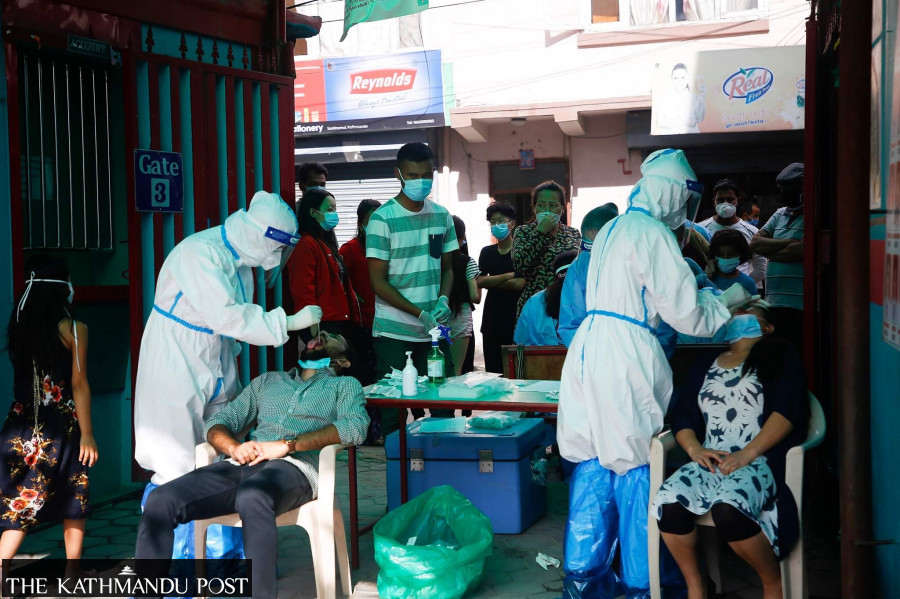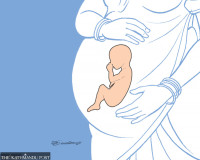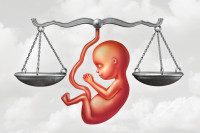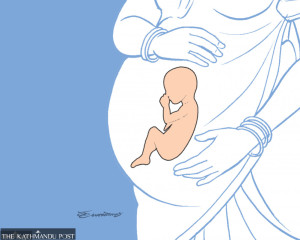Health
With Omicron, it’s hard to tell if case is Covid or flu. Get tested, doctors say
As almost every household is reporting sniffles, sneezes, runny nose or slight to high fever, which could be signs of virus spread, experts stress caution.
Arjun Poudel
Nisha Ghalan has had a runny nose, sore throat and cough for the last three days. But she has continued running her grocery shop in Tarakeshwor, on the northern rim of Kathmandu. Her grandmother, 84, her brother, sister-in-law and two children of her brother also have similar problems, she said.
“Temperatures have dropped, so this is a common phenomenon. We tend to catch a seasonal flu,” said Ghalan. “People say symptoms of the coronavirus are similar to those of a seasonal flu. I don’t think we are infected with the coronavirus.”
When asked if any of her family members, who have been suffering from flu-like symptoms underwent testing, she asked instead, “Who should undergo testing? All of our family members have problems.”
Sima Nepal from Vanasthali of the Kathmandu Metropolitan City said she has had a common cold, sore throat and cough for the past four days but has continued to work at her Samakhushi-based office.
“One of my staff has taken leave to go to the village and another has tested positive for the coronavirus,” said Nepal. “I don’t know about my infection condition. But I am fully vaccinated.”
According to her, all her family members and relatives, who come to her home frequently, have been suffering from flu-like ailments currently. Nepal said that all her family members and relatives have been fully vaccinated, except for children and no one has undergone testing recently.
“How many times should we go for tests? It’s costly,” said Nepal. “Testing frequently is not possible for people like us.”
Many people in Nepal like Ghalan and Nepal are avoiding tests for various reasons—considering the symptoms to be of a seasonal flu, testing charges and some other inconveniences.
Of late, coronavirus cases, however, are on the rise. Many have taken to social media recently to declare that they have caught the virus—some for the first time, others for a second time—despite being fully vaccinated.
Doctors say many people are making a common mistake by not going for tests, taking the symptoms to be of flu, and this could prove costly. That the vaccinated also are declaring they have tested positive is a clear indication that the virus can attack anyone, according to them.
“Lately, there is not even a single household that does not have members suffering from flu-like symptoms,” said Dr Sher Bahadur Pun, chief of the Clinical Research Unit at Sukraraj Tropical and Infectious Disease Hospital. “If they go for tests, chances of results coming positive are nine out of ten. It has become apparent that the virus has spread to communities.”
According to Pun, it’s always better for people to go for tests when they develop flu-like symptoms.
“People should know about their health status. If results come out negative despite having flu-like symptoms, it’s good. They can treat themselves for the flu,” said Pun. “If the results come out positive, they should monitor their health conditions. Vaccination may not make them seriously ill if they take care of themselves.”
Symptoms in patients infected with the Delta variant include fever, bodyache, loss of taste and smell, sore throat, runny nose and sneezing.
Those infected with Omicron may complain of headache, sore throat, runny nose, fever and tiredness, doctors say.
Nepal’s latest virus surge has been attributed to Delta, which wreaked havoc during the second wave in April last year, and Omicron, the super contagious new variant which is spreading across the world at a lightning speed.
Officials say one fourth of the new cases reported in Nepal could be because of Omicron, as 25 percent of the total samples are showing S-gene target failure.
The World Health Organisation says S-gene is not present in Omicron as a result of multiple mutations the variant has undergone and is considered a marker to identify the latest iteration of the coronavirus.
Nepal on Saturday reported 4,636 new cases—3,703 in 10,412 polymerase chain reaction tests and 933 in 4,144 antigen tests.
Daily positivity rate jumped to 35.6 percent from 31.2 percent a day before and 3 percent on January 3.
Four people died from Covid-19-related infections in the last 24 hours, according to the Health Ministry. The countrywide death toll has reached 11,617 since the pandemic began.
The number of active cases has risen to 21,584.
Of the total active cases, 20,536 people have been placed in home isolation, according to the Health Ministry. Officials, however, admit that no agency is monitoring the health and movements of the infected.
Major hospitals in Kathmandu Valley said that most of the people having flu-like symptoms are testing positive for Covid-19. While the hospitalisation rate has increased, health care workers too are contracting the virus, raising fears of pressure on health facilities.
Experts have said it would be wrong to dismiss Omicron as “mild” and that people must maintain precautions and monitor their health condition after getting infected with the virus. Since those whose test results come out positive are in a position to ascertain whether they are infected with Omicron or Delta, the best thing is to consult doctors depending on their symptoms, according to experts.
Dr Baburam Marasini, former director at the Epidemiology and Disease Control Division, says people should immediately stop meetings after developing symptoms.
“If they cannot go for tests immediately, they should stay at home and keep a close eye on their symptoms,” said Marasini. “If they are suffering from a seasonal flu, drinking lots of fluid and warm broth and rest would do the trick. If symptoms persist and there are complications, they should visit a hospital.”
Since tests are not easily accessible and they are not free, according to Marasini, it is understandable that many people might not be getting tested.
Meanwhile, the Health Ministry has said it will start administering booster shots to all frontline workers from Sunday. Frontline workers include doctors, nurses, paramedics, lab technicians, hospital staff and ambulance drivers.
Booster shots, according to the government, will also be given to journalists, bureaucrats, lawmakers, those serving in diplomatic missions, financial institutions, prisoners, people living in old-age homes and refugees who were vaccinated in the first phase of the immunisation campaign starting January 27 last year.
The ministry has also decided to administer booster doses to all people above 60 years, who were inoculated six months ago and to those having compromised immunity from January 28.
The ministry has said that the original vaccine will be provided as booster shots.
As of Saturday, 12,096,805 people, or 39.8 percent of the over 30 million population, have been fully vaccinated in Nepal.
“All those who were inoculated in the first phase of the vaccination drive come under frontline workers,” Dr Samir Kumar Adhkari, joint spokesperson for the Health Ministry, told the Post. “They can receive booster shots from any convenient vaccination centre starting tomorrow.”




 17.63°C Kathmandu
17.63°C Kathmandu














